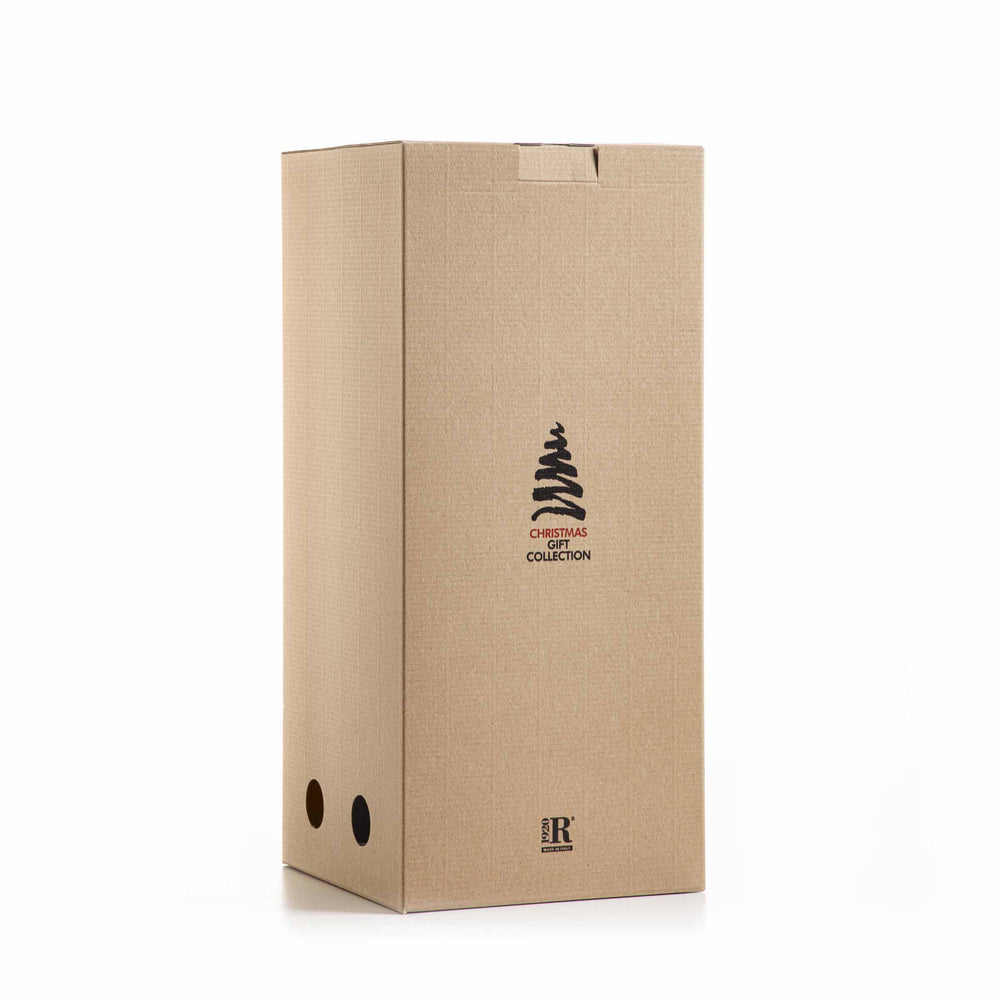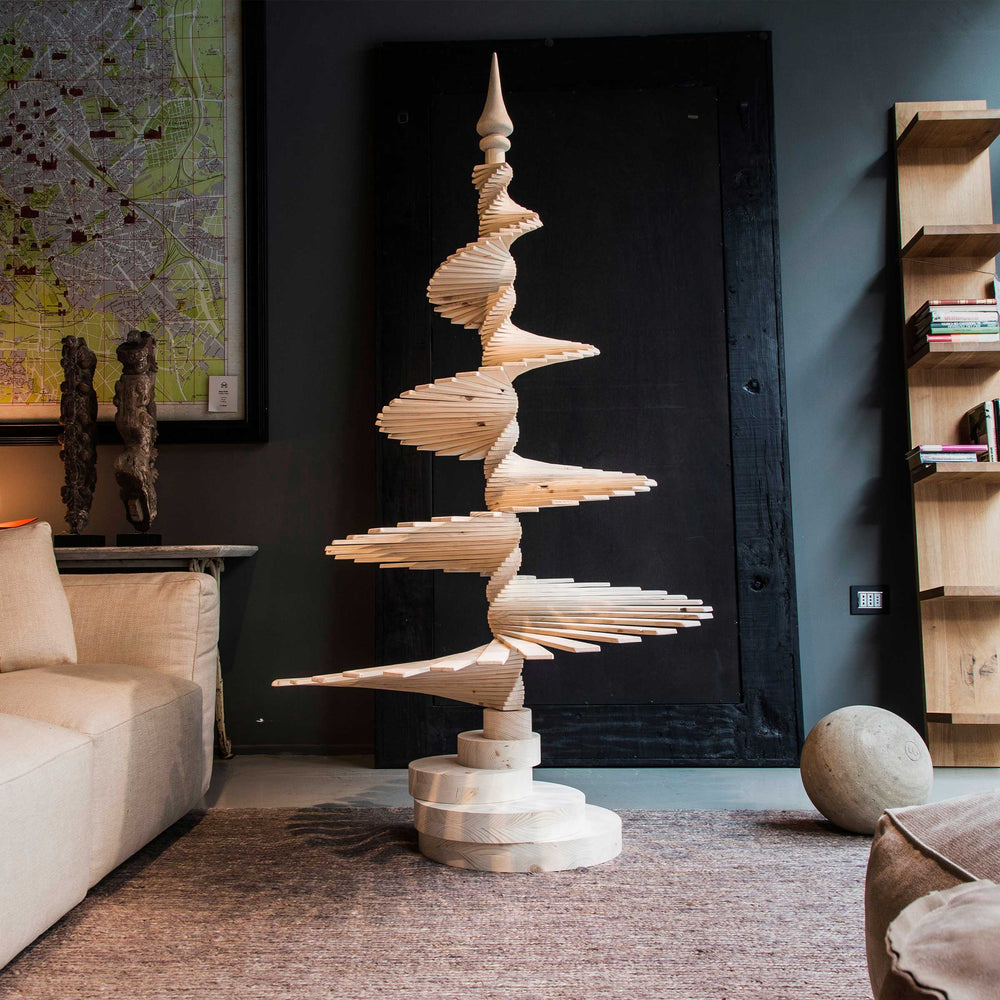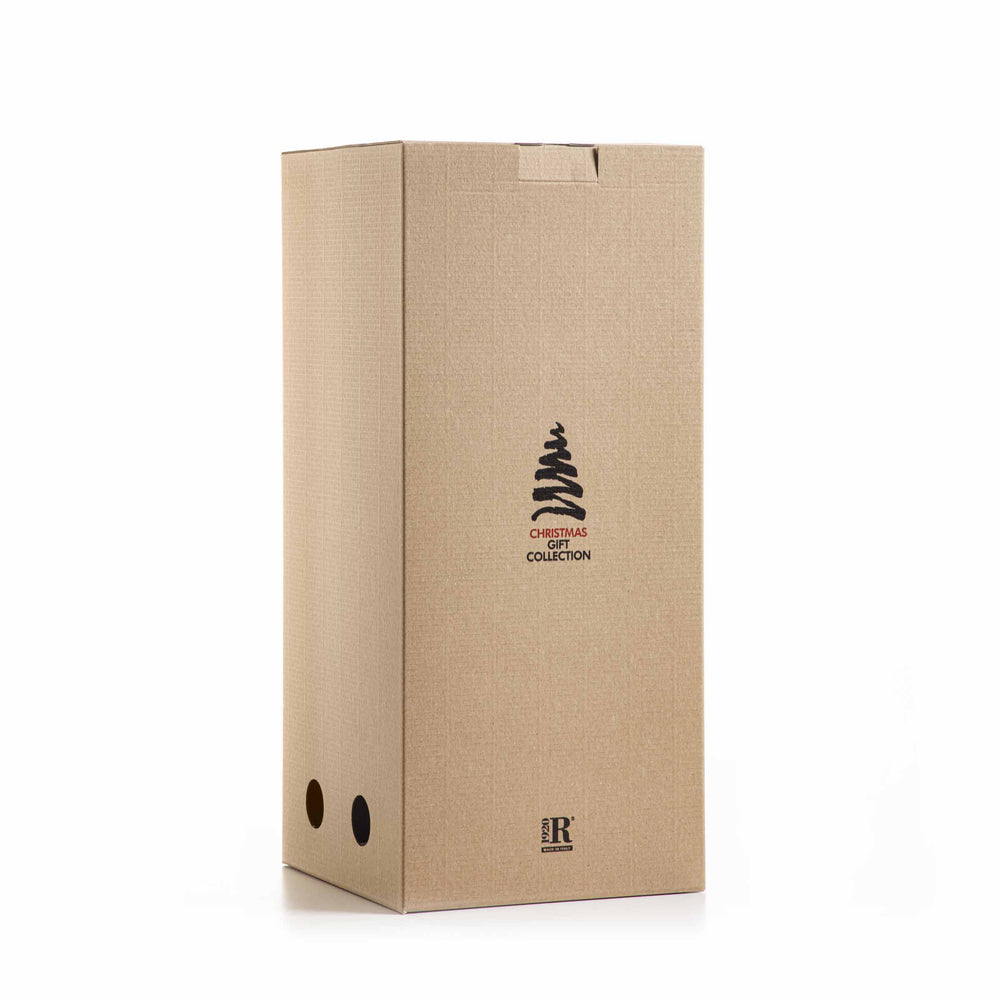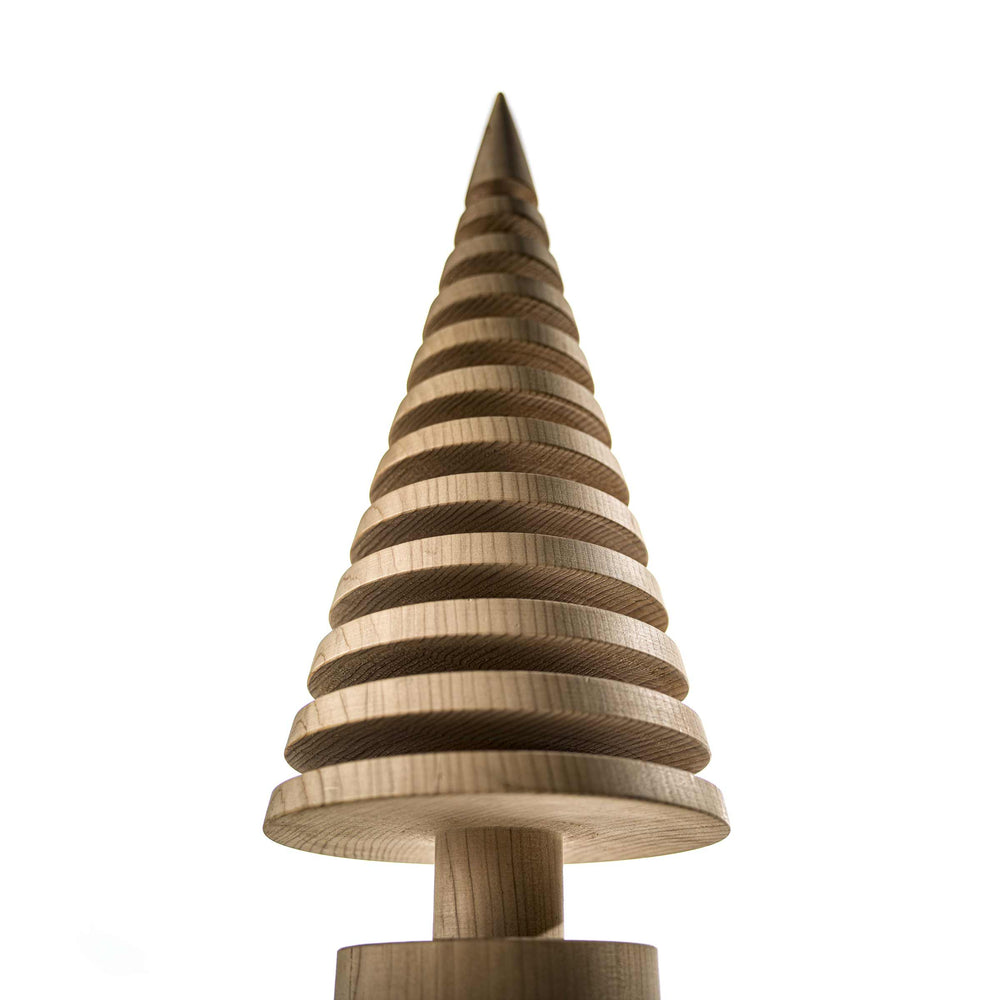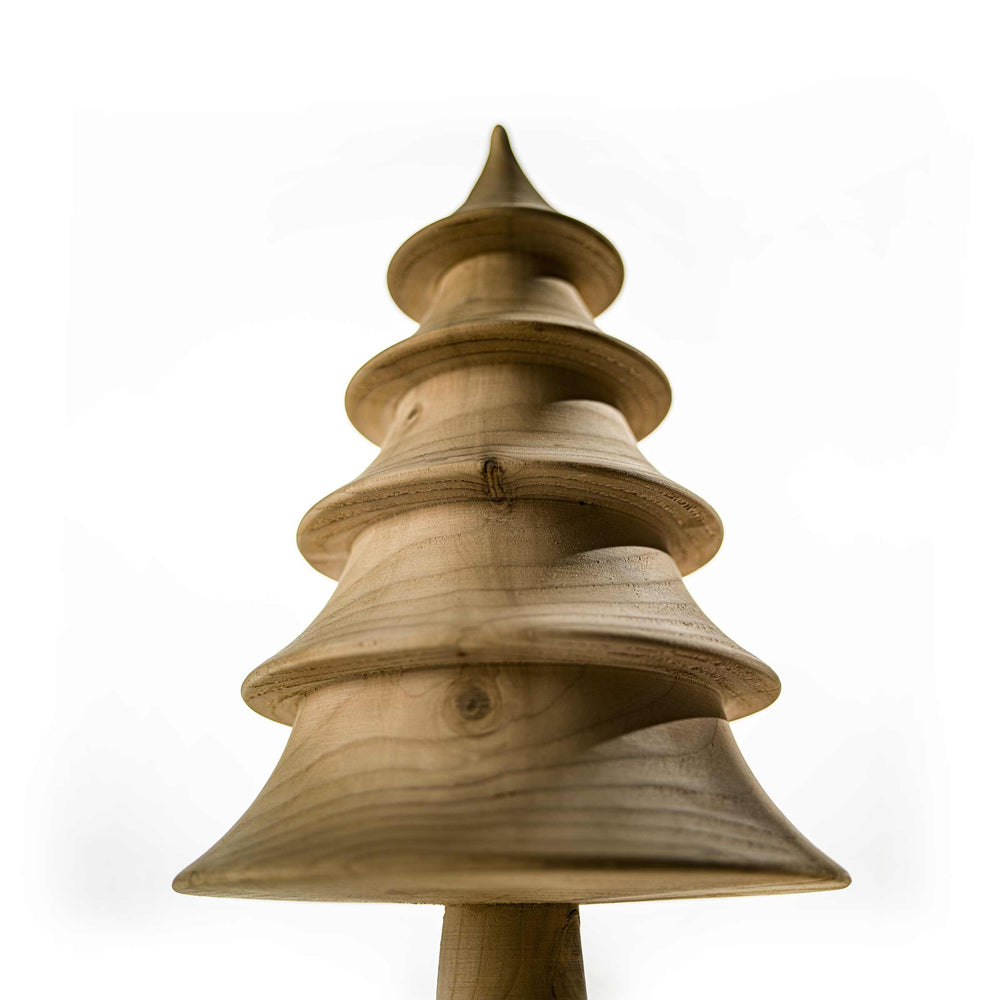Wood and Cardboard Sustainable Christmas Trees
View allOBJECTS OF DESIRE SURREALISM AND DESIGN BY VITRA DESIGN MUSEUM
Objects of Desire by VITRA DESIGN MUSEUM
Exhibition tour
12.11.2021 – 13.03.2022, Cranbrook Art Museum, Bloomfield Hills, USA
14.04.2021 – 15.08.2021, CaixaForum Palma, Spain
24.11.2020 – 21.03.2021, CaixaForum Sevilla, Spain
09.07.2020 – 25.10.2020, CaixaForum Madrid, Spain
27.02.2020 – 07.06.2020, CaixaForum Barcelona, Spain
28.09.2019 – 19.01.2020, Vitra Design Museum, Weil am Rhein, Germany
Surrealism and Design 1924 – Today
The Surrealist movement questioned the constraints of physical reality by exploring the subconscious and the metaphysical as wellsprings of artistic practice. Since the 1920s the movement has had a crucial influence on the design and continues to influence designers to this day. In the autumn of 2019, the Vitra Design Museum will devote a major exhibition to the exchange between Surrealism and design and shed light on this fascinating and ongoing creative dialogue by juxtaposing works of Surrealist art and outstanding design objects from the past 100 years, including works by Le Corbusier, Salvador Dalí, Ray Eames, Front Design, Frederick Kiesler, Shiro Kuramata, Carlo Mollino, Meret Oppenheim, Ettore Sottsass, and many others.
During Surrealism's emergence, everyday objects and interiors played an important role for many of the movement's artists. Inspired by Giorgio de Chirico's metaphysical paintings, artists such as René Magritte and Salvador Dalí sought to capture the aura and the mysterious side of everyday things. At the same time - and strongly influenced by Marcel Duchamp's readymades - artists such as Dalí, Meret Oppenheim, or Man Ray experimented with an entirely new form of sculpture by creating absurd objects from found materials and items. Like Duchamp's "Fountain" (1917), these works questioned the boundaries between art and design and aimed to evoke a psychological process which was to change viewers' ways of thinking and living.
From the 1930s onwards, this approach has had a growing influence on designers such as Charlotte Perriand or Le Corbusier, whose term "objets à réaction poétique" demonstrates his concern with the symbolic and narrative power of things. At the same time, Ray Eames, Frederick Kiesler, and Isamu Noguchi in the United States were in close contact with Surrealist artists such as Hans Hoffmann and Jean Arp, which led to organic, anthropomorphic forms that had a profound impact on American postwar design. After 1945, designers such as Achille Castiglioni and Gae Aulenti adopted the idea of the readymade and collage from the arts. Others like Carlo Mollino and Gaetano Pesce found inspiration in the anthropomorphic, oftentimes sexually connotated formal language of Surrealism, while the group Studio 65 created objects reminiscent of the architectonic fragments found in Giorgio de Chirico's metaphysical landscapes.
Today the narrative, playful, and sometimes mysterious language of Surrealism has become integral to the works of many contemporary designers around the globe, including Ronan and Erwan Bouroullec, Umberto and Fernando Campana, M&M Paris, or Jerszy Seymour. Over the past 100 years, the movement has helped liberate design from functionalist dogma by showing that form need not always follow function but can instead express obsessions, the unconscious, or even private mythologies.
Space
600 – 1,200 m² / 6,000 – 12,000 sq ft
Curator
Mateo Kries, Vitra Design Museum




